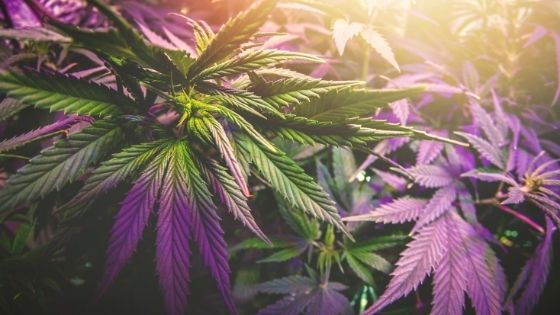With the legalization of marijuana in many states, growing cannabis has become a fast-growing occupation. It is important to understand the various aspects of the growing process to ensure a profitable crop. This also requires knowing when something is going wrong in the growing process, how to identify the problem, and what to do to correct that problem.


Problems with Cannabis Plants
Cannabis is a pretty resilient plant. It can grow in many environments and be grown easily indoors or outdoors. There is a reason it is called weed. Although this plant can grow almost anywhere, it is important to know the signs of problems that must be corrected to get a good crop. Droopy leaves, stunted growth, or even cannabis with purple stems, can be signs of a problem.
As a cannabis grower, it is important to know the signs of a problem and how to address it. For example, drooping leaves could be a sign of watering problems. Browning leaves could be a sign of root rot. The more complicated of the symptoms of a cannabis plant is when the plant turns purple.
What Causes the Purple Color?
Anthocyanins are pigments contained in many types of plants. These pigments are water soluble and cause the colors red, purple, and blue in various types of plants. Cannabis plants contain these pigments. High levels of anthocyanins can cause the buds, leaves, and stems of the cannabis plant to turn purple.
In many cases, the color purple in a cannabis plant is due to the genetics of the plant. Certain strains of the plant will provide a natural purple to various aspects of the plant. If the wanted outcome is a purple product, then choosing the right strain will yield that color.
However, if it is not a specific strain, getting a purple color in the plant may be a sign of a problem. Some people believe that turning their plants purple is a good thing and may stress the plant to cause the color. However, this can damage the plant and reduce the yield or may even kill the plant.
Purple Plants
If the cannabis plant is not a specific strain that is purple, action needs to be taken if the plant begins to turn purple. First, growers must understand the potential problem and take action to stop the damage to the plant.
One cause of the purple color in cannabis is dropping temperatures. At night, especially near the end of the growing season, temperatures can drop significantly. Cold can break down the chlorophyll in any plant. In a cannabis plant, it allows the anthocyanins to show through, giving the purple color. However, this could seriously damage the plant and reduce its yield.
After a particularly cold night, if the plants seem to be turning purple, it is a good idea to watch the plant over the next few days. If temperatures are going to continue to drop, consider bringing the plants in to prevent further damage.
Improper nutrients and pH levels can also change the color of the plant. For pH level issues, testing the soil and acting accordingly can help reduce this problem. Each nutrient deficiency can cause specific issues. When the plant is lacking the right nutrient, it can show changes or be susceptible to pests and diseases. The most common deficiency that causes purple coloring is phosphorus. Adding phosphorus to the soil can help with its growth.
Although many customers seem to enjoy the purple color in their marijuana products, it is something that should only be there if the strain allows for it. Trying to create a purple coloring by stressing the plant could pose risks to the plants and reduce the yield at the end of the season.
















